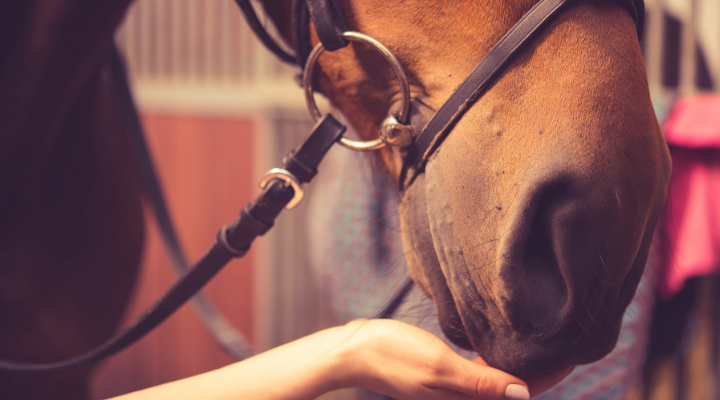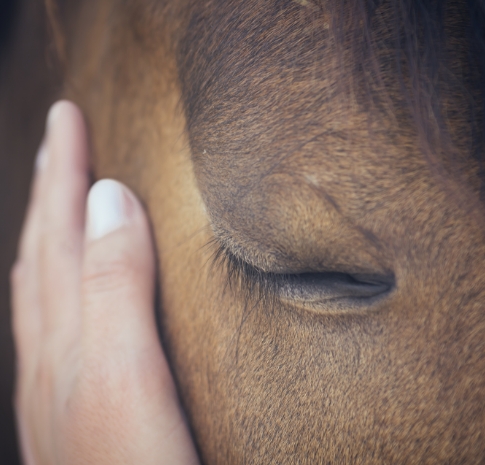One of the most important and common causes of parasitic infection in horses are small strongyles (aka “cyathostomins”).1 In a recent major Australian study, 100% of horse properties were infected by this type of worm.2
ESS can be dangerous for your horse
Normally, infection with small strongyles causes signs and symptoms such as:1
- decreased levels of performance,
- reduced growth rates
- weight loss
- rough hair coat
- debilitation
- diarrhoea
- various types of colic
This may seem bad enough, but as part of their life-cycle, small strongyles take an “encysted” form (ESS), effectively burying themselves as a cyst in the wall of the large intestine. When the larvae mature and emerge from the cyst, which can be months or years later, this release can sometimes cause a condition called larval cyathostominosis, involving severe diarrhoea, colic or even death.1
Deworming against ESS
There are three main classes of treatment that can help control small strongyles: the benzimidazoles (e.g. fenbendazole and oxibendazole), pyrantel, and the macrocyclic lactones (ivermectin and moxidectin)1,3 These treatments differ in terms of their efficacy and which stages of the lifecycle they control. The encysted form is especially hard to treat, as the worm larvae are effectively “buried” in their cysts, where many drugs cannot reach.
Fenbendazole can kill the adult and developing larval stages at the normal dose, but requires a double daily dose (10 mg/kg liveweight) for 5 consecutive days to treat the encysted larvae. Unfortunately, resistance to benzimidazoles has become widespread and common.1,3
Pyrantel salts can kill sensitive adult worms, but are not effective against encysted larvae.3 Resistance to pyrantel is also widespread, though not as much as benzimidazole resistance.1,3
Ivermectin is highly effective against most adult and larval stages, but unfortunately has variable and low efficacy against encysted stages, even at high doses.3
In contrast, moxidectin has high efficacy against all stages, including the encysted form, when given as a single standard dose at a rate of 0.4 mg/kg liveweight.3
For the moment, resistance to macrocyclic lactones has been reported in only a few small studies worldwide.1

